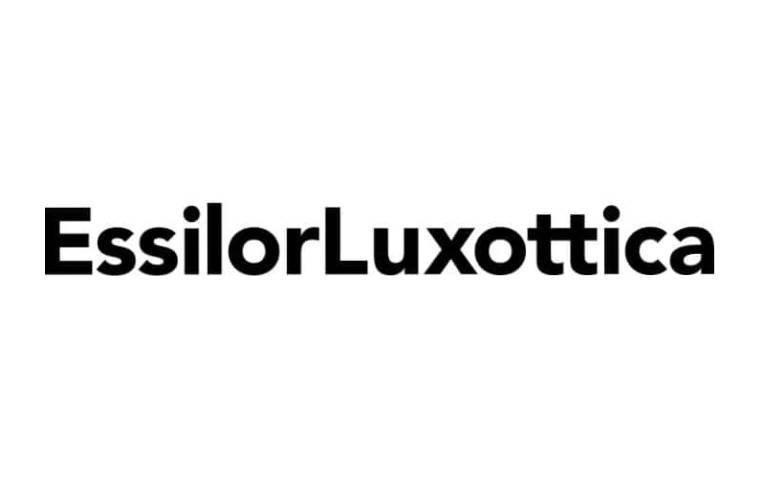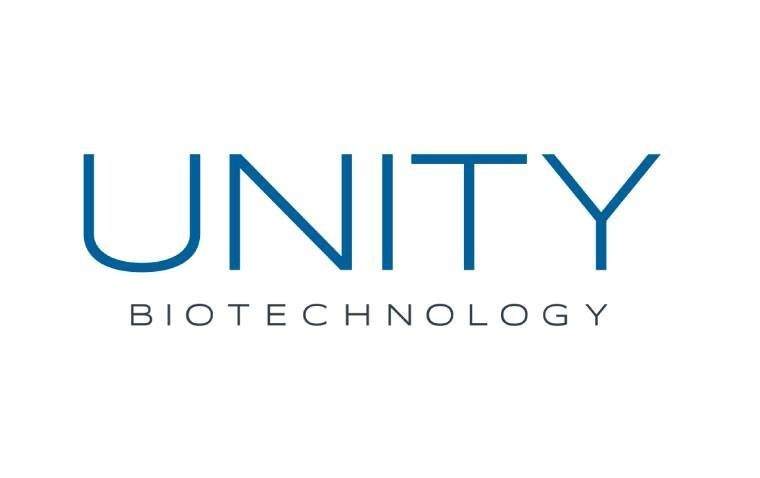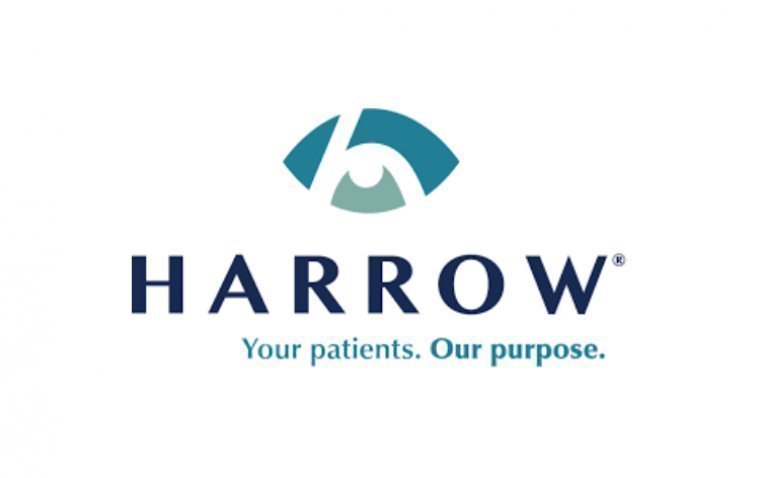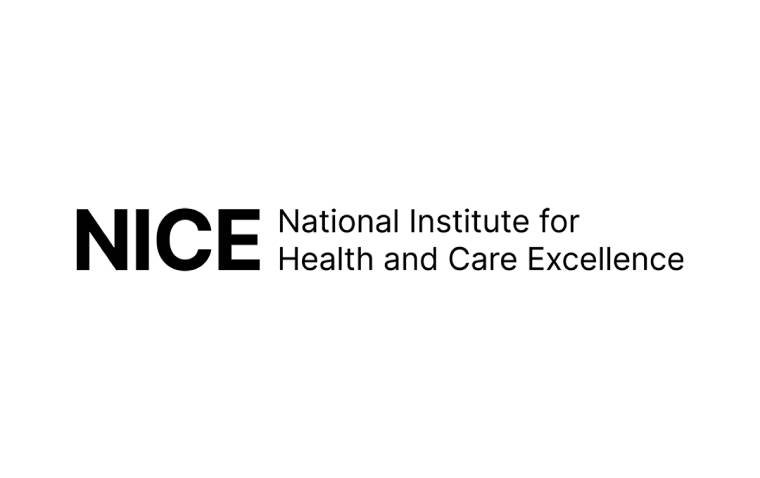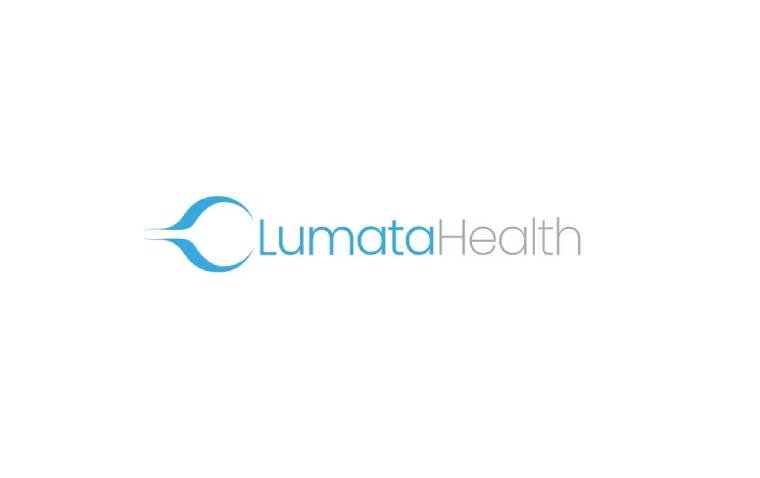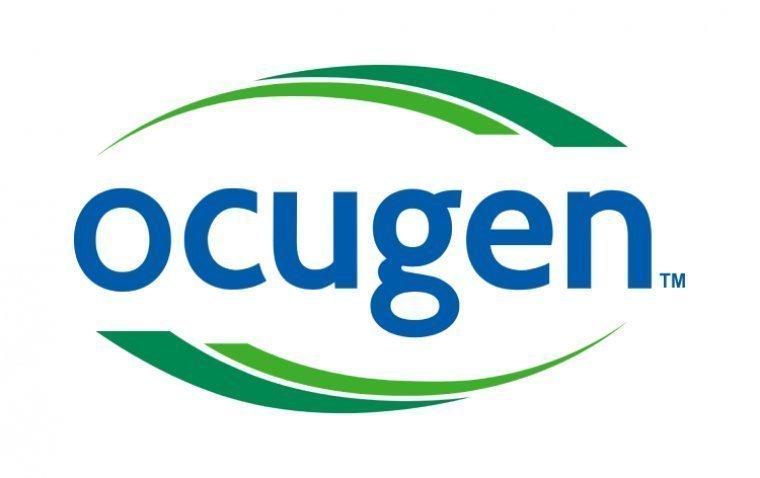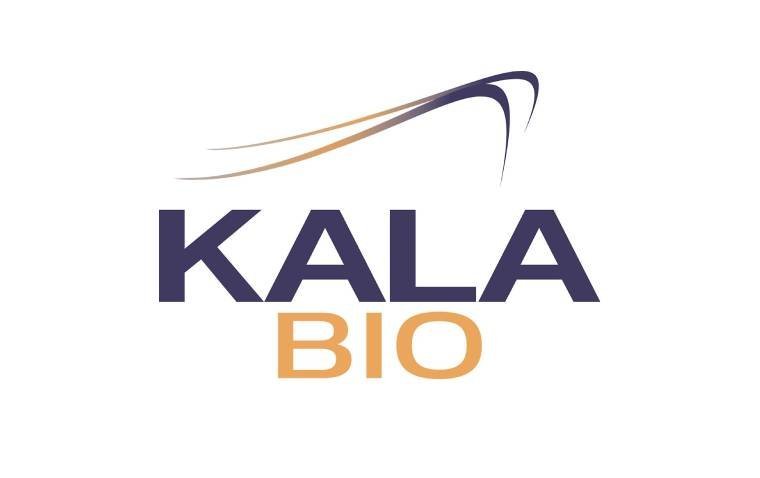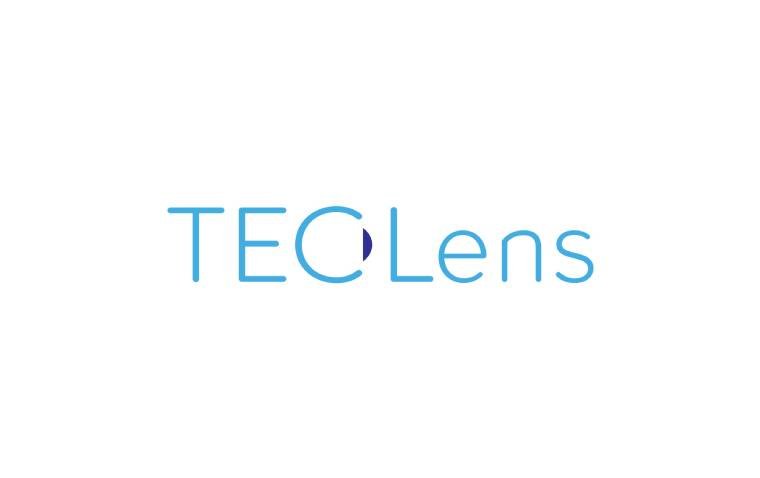
TECLens Secures $9.3 Million in Series A Funding to Advance Noninvasive Refractive Technology
TECLens has successfully raised $9.3 million in Series A funding to accelerate the clinical development of its non-incisional refractive correction technology, which leverages corneal cross-linking (CXL) to reshape the cornea. This breakthrough approach aims to provide a noninvasive, cost-effective solution for refractive vision disorders.
Strategic Investment to Drive Innovation
The funding round was co-led by Johnson & Johnson Innovation–JJDC Inc. and Yonjin Capital, with additional participation from Rimonci Capital and Sunmed Capital. The investment will support ongoing clinical trials and further validate TECLens’ proprietary Quantitative Corneal Cross-Linking (qCXL) technology.
Investor Confidence in Transformative Eye Care Solutions
Thomas Dunlap, CEO of TECLens, emphasized the significance of this investment:
"We are incredibly excited to garner investor support from both industry veterans and newcomers to the ophthalmology sector. This collective backing is a powerful endorsement of both our quantitative corneal cross-linking technology and our mission to deliver a noninvasive and cost-effective refractive treatment for millions of people with vision disorders. We are honored by their support and view this as strong validation of our innovative approach to addressing both refractive and therapeutic unmet needs in eye care."
TECLens’ Quantitative Corneal Cross-Linking (qCXL) Technology
While traditional CXL utilizes riboflavin and ultraviolet (UV) light to strengthen the cornea, TECLens’ qCXL technology introduces an advanced, personalized approach. Key innovations include:
• Pre-calculated UV light dosing based on a computational biomechanics model tailored to each patient’s eye.
• Real-time treatment monitoring using the proprietary CXLens device, which delivers precise UV light exposure and features an on-board ultrasound sensor to ensure adherence to the treatment plan.
• Designed for use in an exam room setting, offering a more accessible and efficient alternative to traditional refractive procedures.
Clinical Progress and Future Applications
The CXLens device has already been successfully demonstrated in treating keratoconus. TECLens is now advancing clinical studies focused on refractive correction, with a primary emphasis on presbyopia.
Future applications of qCXL technology may include:
• Pediatric progressive myopia
• Low-order adult myopia
• Hyperopia
• Astigmatism
By pioneering a noninvasive alternative to traditional refractive surgery, TECLens aims to reshape the landscape of vision correction, making treatment more precise, accessible, and cost-effective.
(1).jpg)
